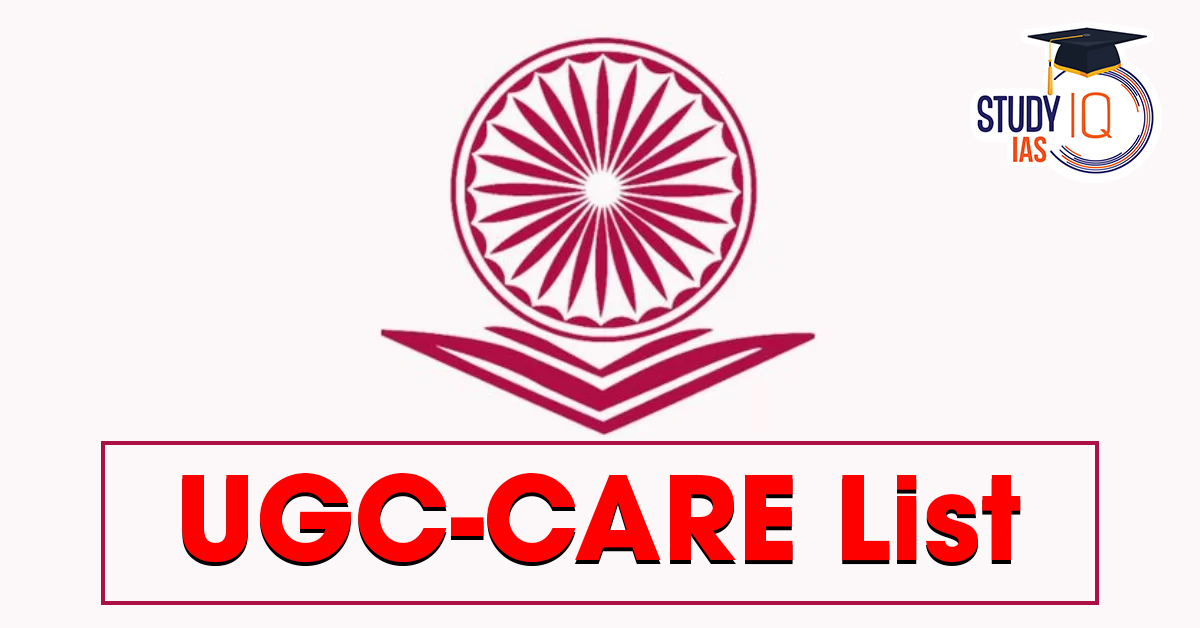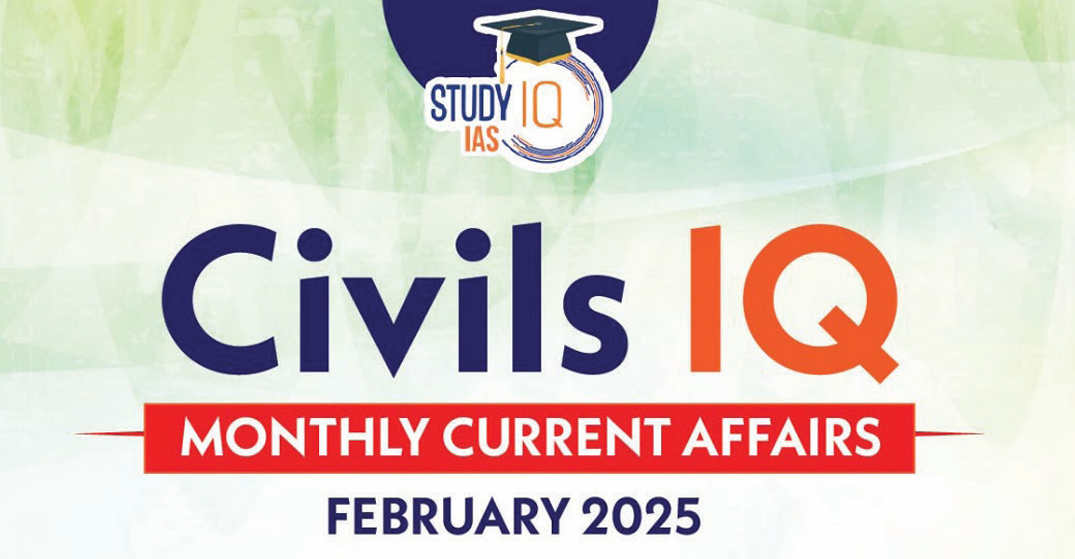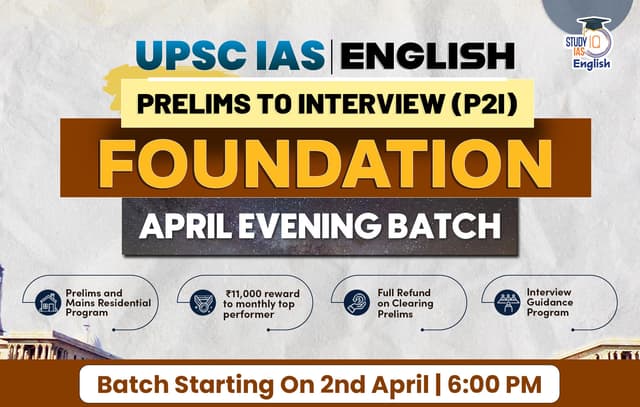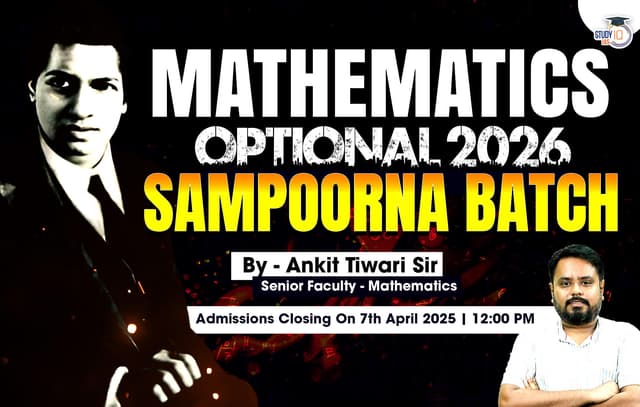Table of Contents
The University Grants Commission (UGC) has officially discontinued the UGC-CARE (Consortium for Academic and Research Ethics) list, marking a significant change in the way academic journals are selected and recognized in India. This decision is part of UGC’s broader strategy to decentralize journal selection and improve transparency, ensuring that research publications align with high academic standards.
What Was the UGC-CARE List?
Introduced in 2018, the UGC-CARE list was a curated collection of high-quality journals recognized for academic purposes. The primary objective of this list was to:
- Improve the quality of research publications in India.
- Promote academic integrity and ethical publishing practices.
- Recognize reputable journals for faculty recruitment, promotions, and research funding applications.
The list played a crucial role in curbing the proliferation of predatory journals that compromised research credibility and misled researchers.
Why Was the UGC-CARE List Discontinued?
Despite its intentions, the UGC-CARE list faced several challenges, including:
- Lack of Real-Time Updates: The static nature of the list sometimes led to delays in recognizing emerging high-quality journals and removing predatory ones.
- Centralized Control Issues: A single authoritative list meant that decision-making was not always adaptable to discipline-specific research needs.
- Manipulation Concerns: Some journals sought to unfairly gain recognition by exploiting loopholes in the evaluation process.
- Transparency & Accountability: The list’s evaluation mechanisms were often questioned, prompting UGC to seek a more dynamic, transparent, and decentralized approach.
The New Journal Selection System
To replace the UGC-CARE list, UGC has introduced a new system based on suggestive parameters for journal selection. This system is built on 36 parameters categorized under 8 broad criteria, ensuring a more comprehensive and transparent evaluation of academic journals.
Key Features of the New System
- Decentralized Evaluation: Instead of a single list, academic institutions and research bodies can now use the suggestive parameters to determine journal credibility.
- Improved Transparency: The criteria for journal selection will be publicly available, allowing researchers to make informed decisions.
- Flexibility: The new system adapts to evolving academic needs and emerging journals while maintaining stringent quality checks.
- Better Monitoring: Regular assessments will ensure that only high-quality journals are recognized over time.
The 8 Criteria for Journal Selection
- Editorial Standards – Evaluating peer review processes, editorial board credibility, and ethical guidelines.
- Publishing Ethics – Checking for plagiarism policies, research misconduct, and compliance with COPE (Committee on Publication Ethics) guidelines.
- Impact and Reach – Assessing citation metrics, readership, and global indexing.
- Authenticity and Reliability – Ensuring valid ISSN registration and publisher legitimacy.
- Discipline-Specific Recognition – Acknowledging journals recommended by subject-specific academic bodies.
- Financial Transparency – Examining publication charges, open-access policies, and funding sources.
- Compliance with International Standards – Aligning with indexing services like Scopus, Web of Science, and PubMed.
- Continuous Review and Monitoring – Ensuring long-term credibility through periodic evaluations.
Impact on Researchers & Academic Institutions
For Researchers
- Researchers must now assess journals based on the new parameters instead of relying on a pre-approved list.
- Greater responsibility in ensuring their publications align with recognized standards.
- More flexibility in choosing relevant journals without being restricted to a single UGC-curated list.
For Academic Institutions
- Universities and colleges will have greater autonomy in recognizing high-quality journals.
- Institutional research committees will need to establish clear guidelines based on UGC’s parameters.
- Increased focus on ethical publishing and research integrity.
Conclusion
The discontinuation of the UGC-CARE list is a strategic move towards a more transparent and decentralized journal selection system. By implementing 36 parameters under 8 broad criteria, UGC aims to uphold research quality while giving researchers and institutions greater flexibility. This transition is expected to foster a culture of ethical publishing, reduce predatory practices, and enhance India’s academic research credibility on a global scale.


 Utkal Divas 2025: Odisha Foundation Day ...
Utkal Divas 2025: Odisha Foundation Day ...
 List of Military Exercises of India 2024...
List of Military Exercises of India 2024...
 GPS Spoofing and Its Impact in India: A ...
GPS Spoofing and Its Impact in India: A ...





















